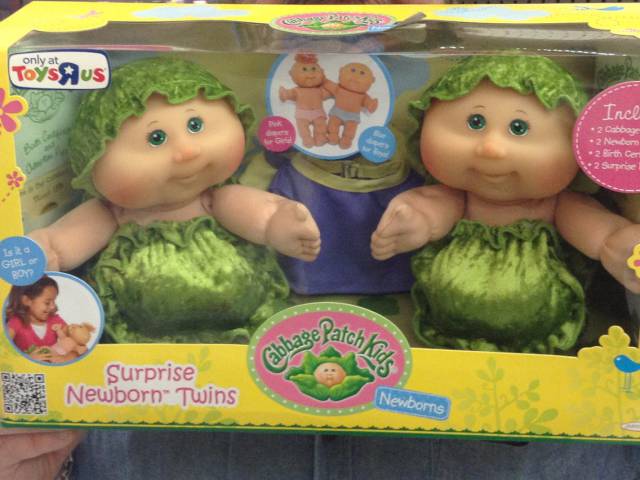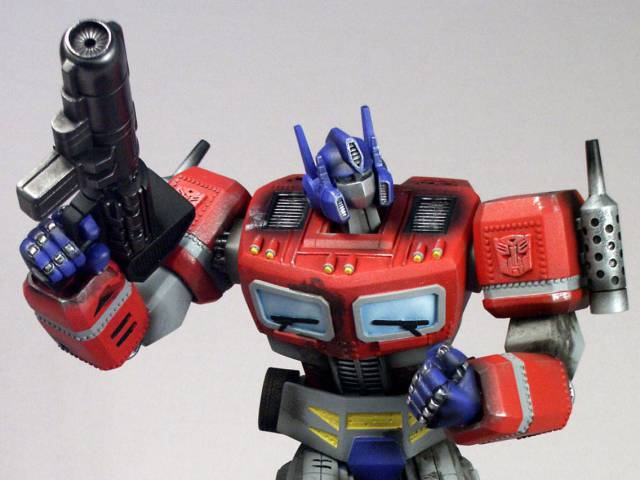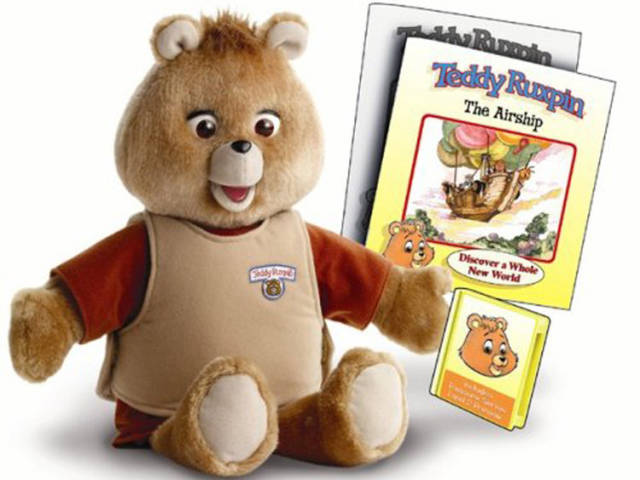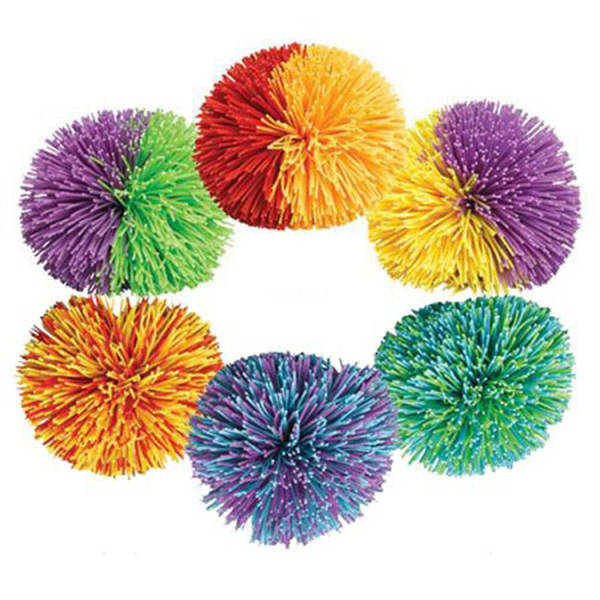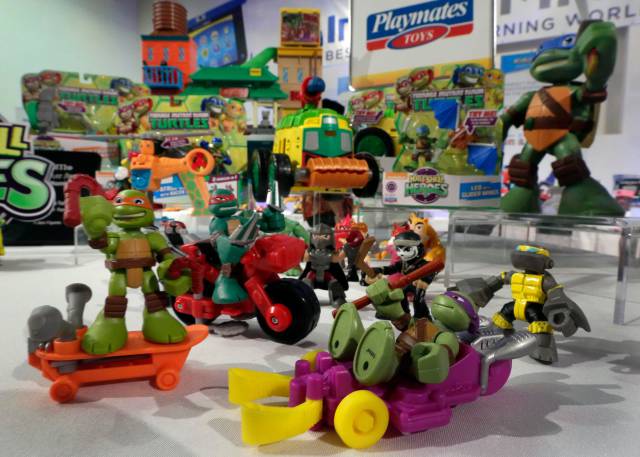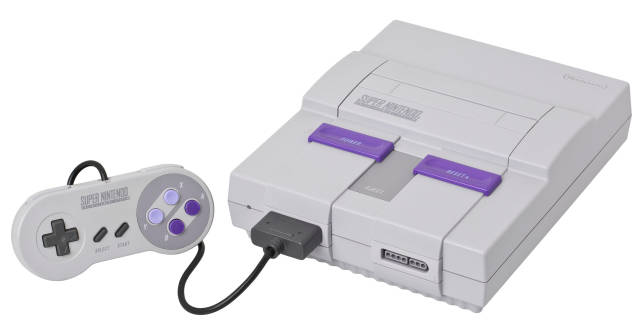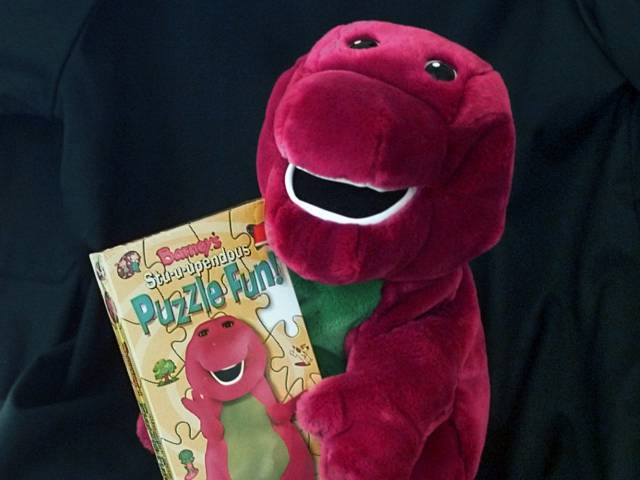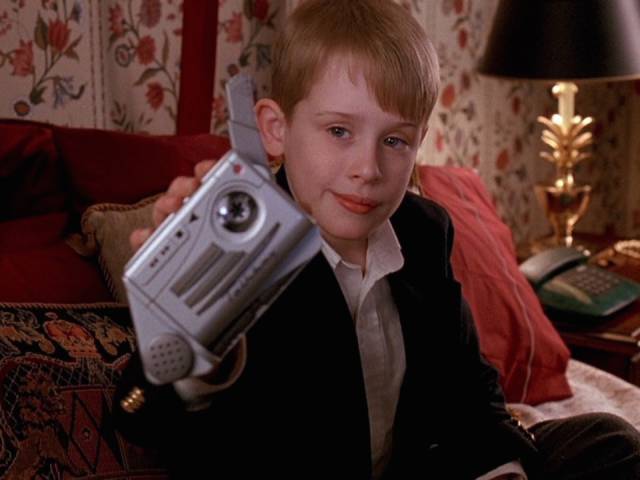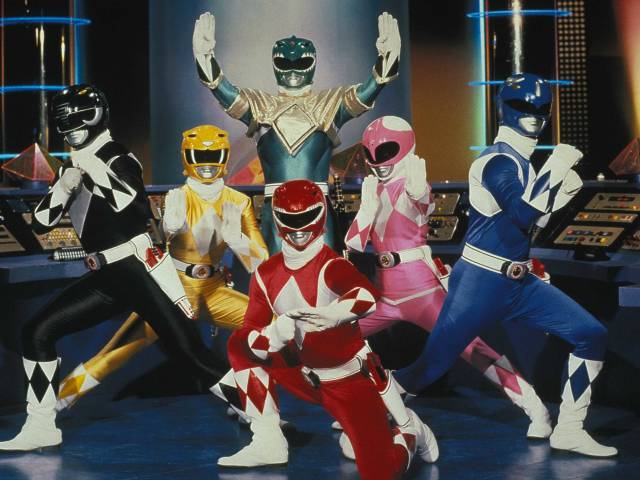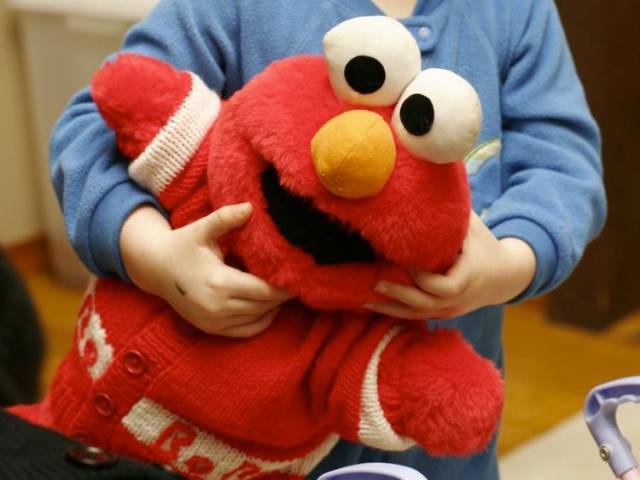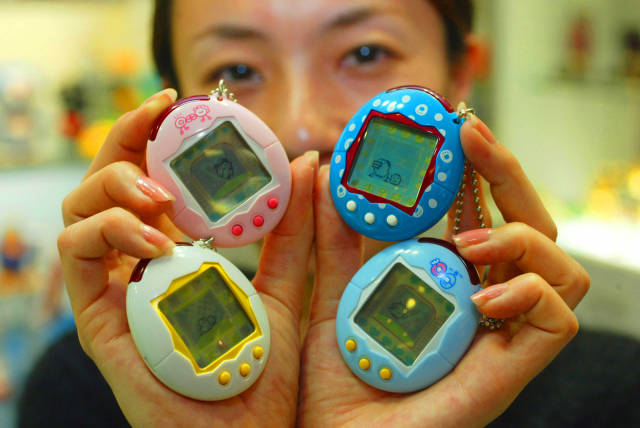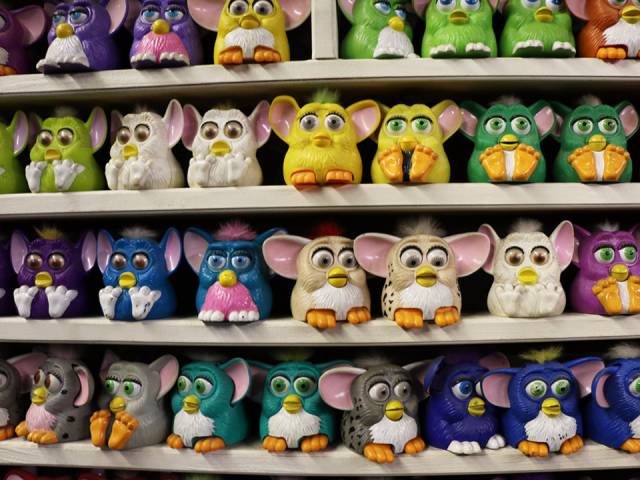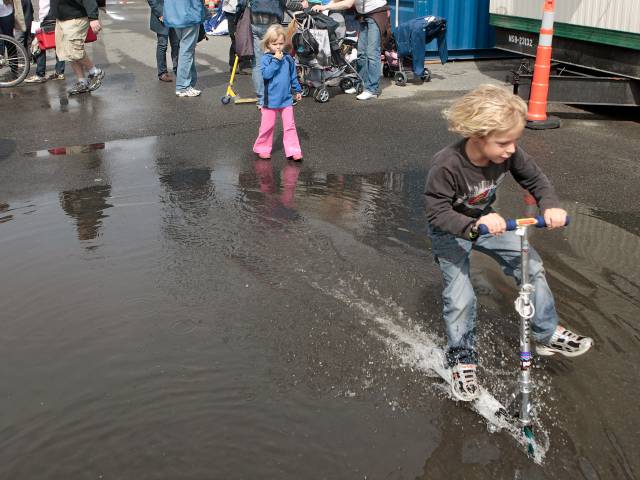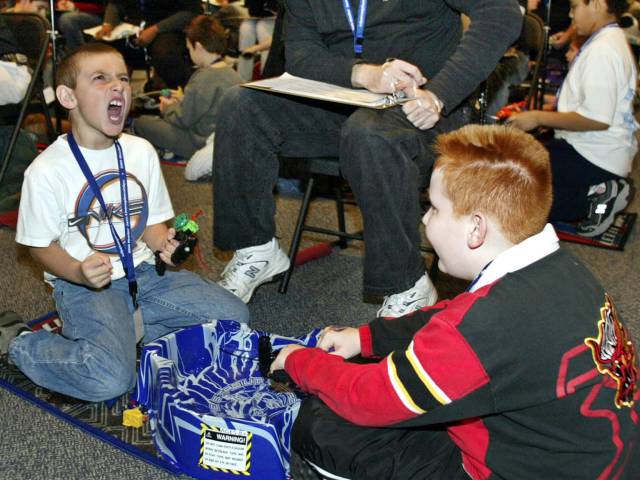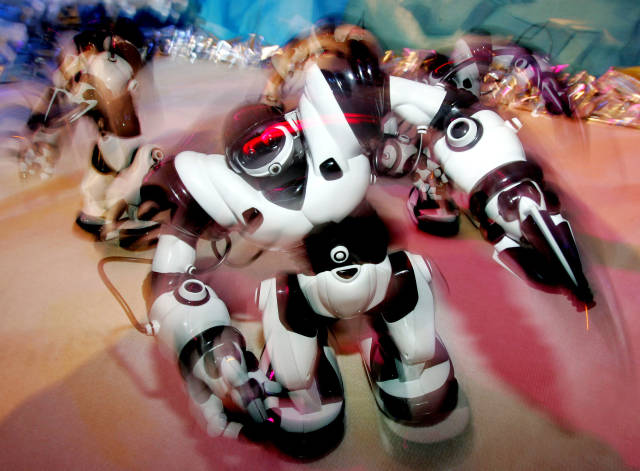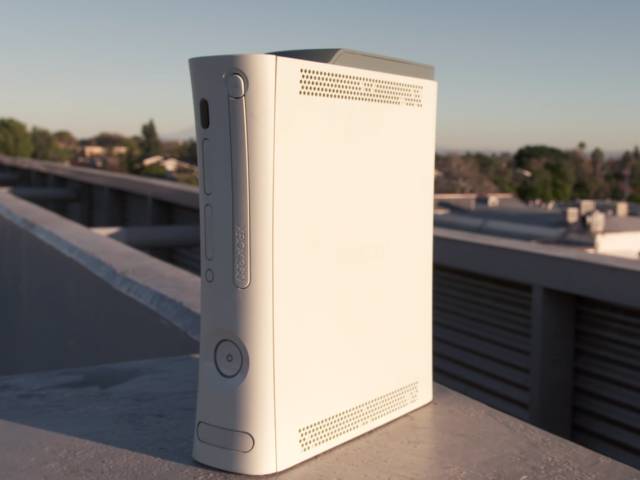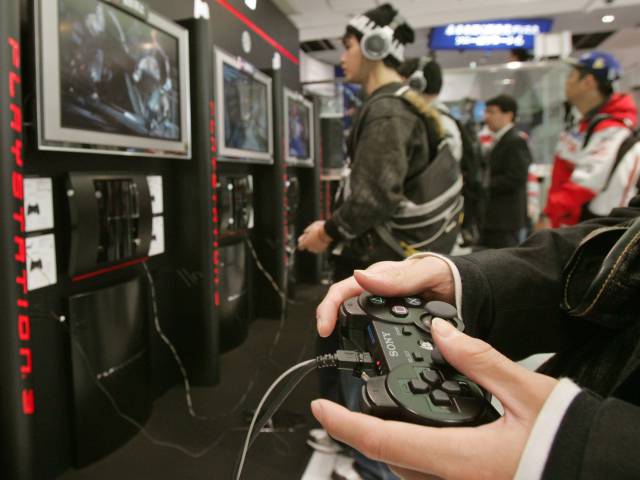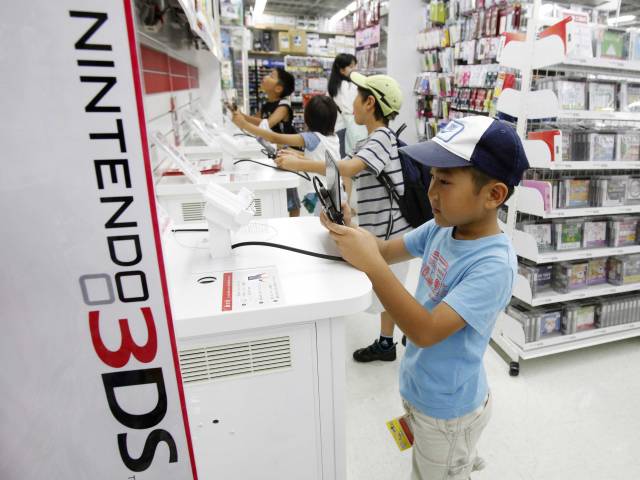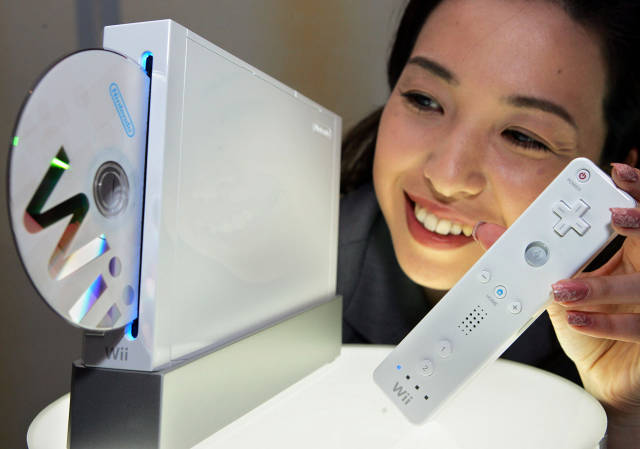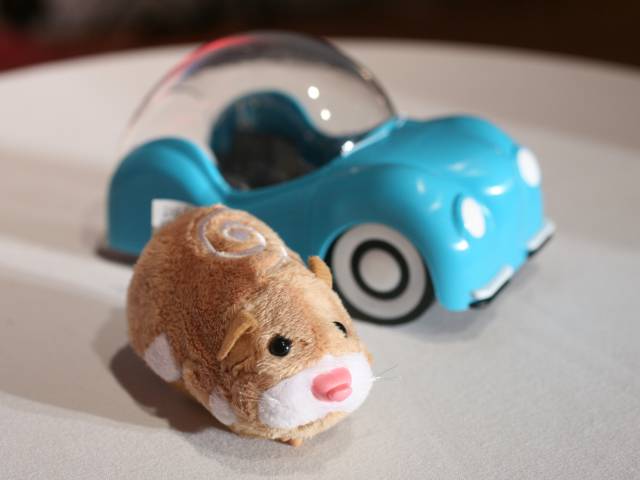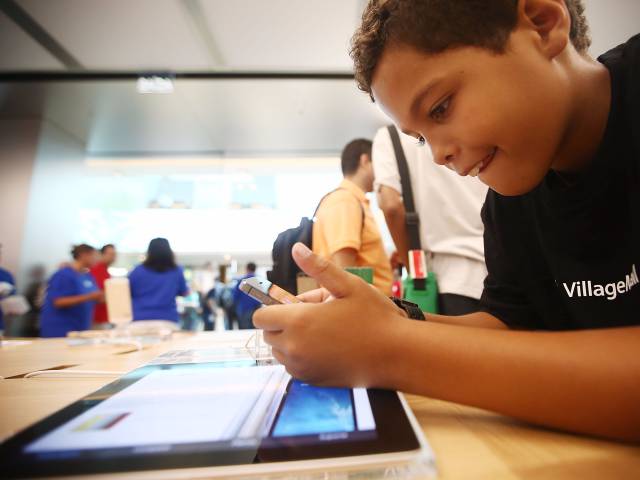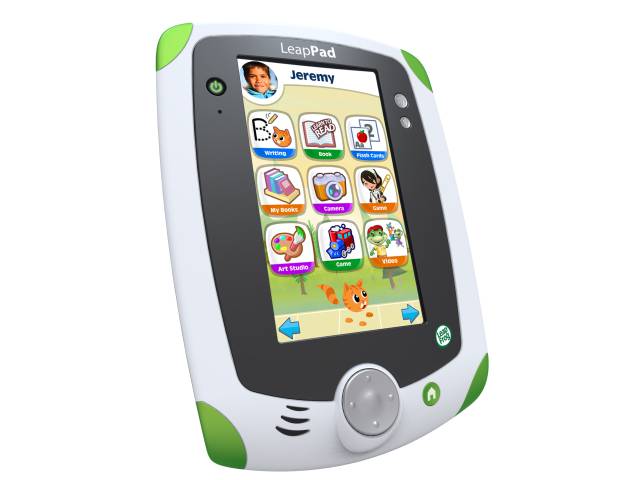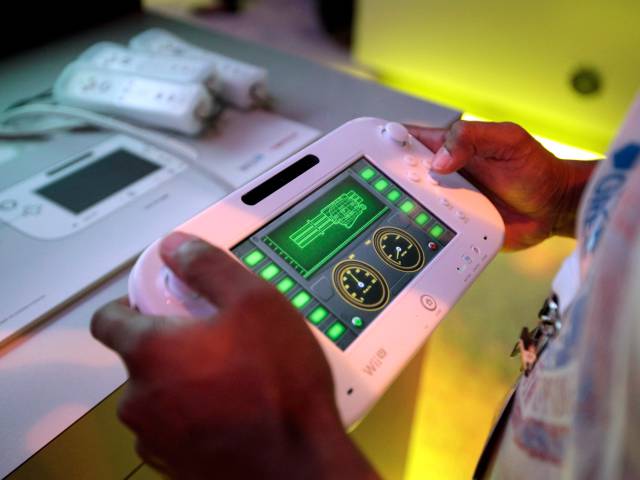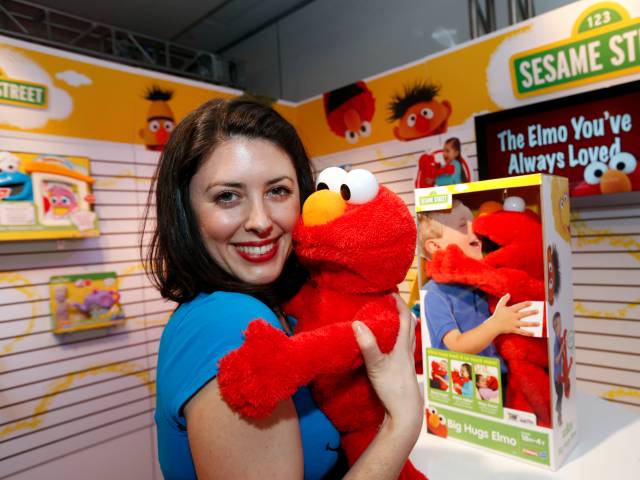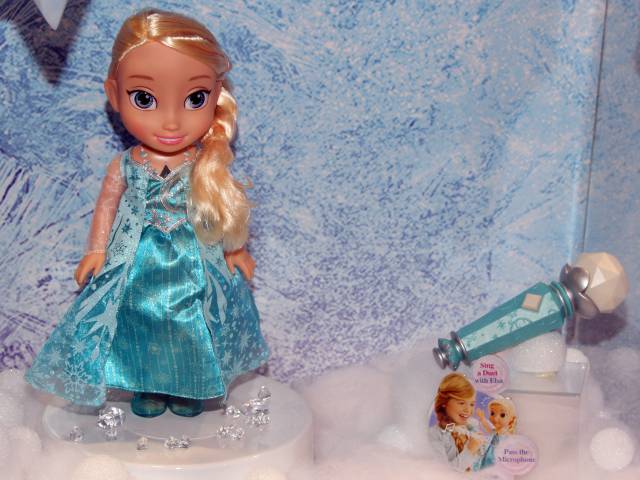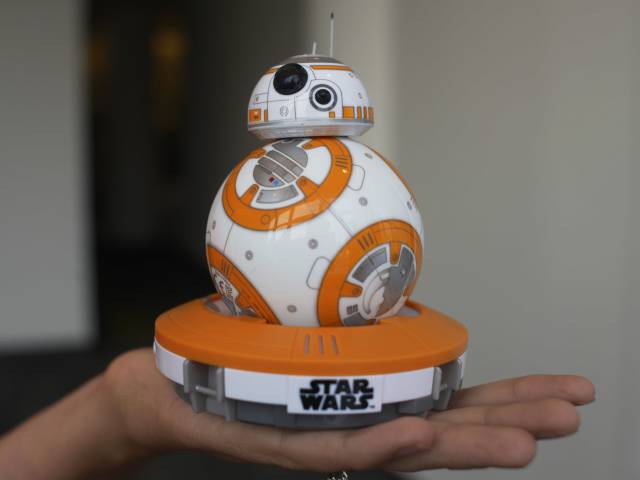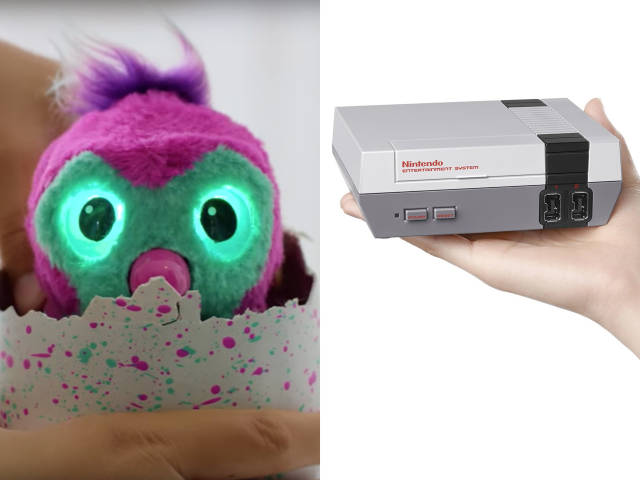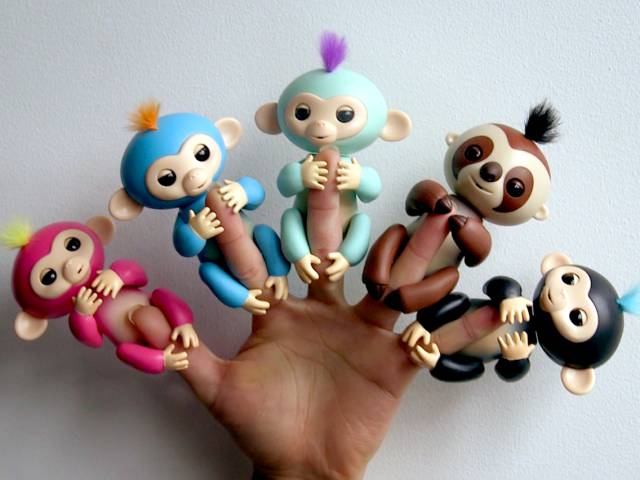1983: Cabbage Patch Kids
Cabbage Patch kids were first created in 1978, and by the early '80s, they were everywhere. October 1983 heralded the start of the "Cabbage Patch Riots." Shoppers hopped from state to state, and withstood freezing temperatures in line, and fought each other in stores — all to buy Cabbage Patch Kid dolls. By 1985, the toy had $600 million in sales.
1984: Transformers
The toy trucks and cars that could transform into robots were so popular that they spawned an animated television series in 1986, and a live-action movie series by Michael Bay that's still ongoing.
1985-1986: Teddy Ruxpin
Talking animal toys are a dime a dozen now, but Teddy Ruxpin was one of the originals. It had a cassette tape attached to its back that told stories and synchronized the audio with its moving lips.
1986: Koosh Ball
It's just a ball made with about 2,000 rubber strings. People went crazy over it, and now there are more than 50 Koosh products, from keyrings to yo-yos.
1988: Nintendo Entertainment System (NES)
The NES revolutionized video games, selling 7 million units in 1988. The market for NES cartridges that year was also bigger than the entire computer software market for 1988. It also paved the way for subsequent Nintendo home consoles, like the GameCube and the Wii.
1989: Game Boy
Nintendo had another hit on its hands with the Game Boy, which quickly trounced every other handheld gaming console on the market. Nintendo sold more than 118 million units of the Game Boy and its successor, the Game Boy Color, in their lifetimes.
1990: Teenage Ninja Mutant Turtles action figures
In 1990, Teenage Mutant Ninja Turtles became a huge phenomenon in the United States. The film version grossed more than $200 million at the box office, and the toys dominated holiday season, selling more than 30 million toys before the end of the year.
1991: Super Nintendo
If the NES was the defining home console of the 8-bit era, then Nintendo won again in the 16-bit era with the Super Nintendo. Over its lifetime, it sold more than 49 million units .
1992: Barney doll
As the TV show "Barney & Friends" gained in popularity, it seemed obvious that a Barney toy needed to be made.
1993: Talkboy
It had a memorable turn in "Home Alone 2: Lost in New York," but the Talkboy — which records audio and plays it back on demand — was originally just an invention for the film. Demand for it led to the toy being manufactured in real life by Hasbro, and it became so popular that Hasbro had to pull ads for it because their supply couldn't keep up with demand.
1994: Mighty Morphin Power Rangers
If you haven't guessed it already, toys often became popular through movies and television shows. "Mighty Morphin Power Rangers," on the air since 1993, is no exception. The action figures based on the show were a hit.
1995: Beanie Babies
The collectible stuffed animals still leave its mark on pop culture. Creator Ty Warner "retired" certain types of dolls at his whim, artificially inflating their prices. It worked for awhile — some of them have been valued at thousands of dollars, and at one point they accounted for 10% of eBay's sales.
1996: Tickle Me Elmo
Based on the "Sesame Street" character, Tickle Me Elmo became a surprise hit. By the end of 1996, customers cleaned out more than 1 million units of the toy.
1997: Tamagotchi
Tamagotchis were handheld digital pets that people could play with and feed. Because they needed constant attention to stay healthy and nourished, they took over the country's attention span for awhile. By 2010, 76 million units were sold, but the franchise mostly lives on now in Nintendo DS and smartphone games.
1998: Furby
For a toy, the talking, eyelid-moving Furbies were pretty expensive, at $35. But they sold 40 million units in their first three years of release.
1999: Pokémon merchandise
In the 1990s, Pokémon established itself as one of the biggest franchises in the world. The GameBoy game in 1996 was one of the most popular on the platform, and the anime TV show debuted in 1998. In 1999, the franchise reached fever pitch. Between the games, trading cards, and other merchandise, it had the most toys sold during holiday season that year.
2000: Razor Scooter
The foldable, simple-to-use scooters got kids off their Game Boys and out on the streets.
2001: Bratz dolls
In 2001, Barbie finally relinquished its crown as the top-selling toy geared towards girls. Bratz dolls have distinctly big heads, skinny bodies, and fashion-forward outfits. In their first five years, they sold 125 million products worldwide.
2002: Beyblades
The toy let you launch spinning tops on the ground and "battle" other tops by smashing into them. They became so popular that they spawned a television series.
2003-2004: Robosapien
The remote-control toy robot has a bunch of pre-programmed moves. The commercials made them seem like the toy of the future, and they sold more than 1.5 million units in 2004 alone.
2005: Xbox 360
Microsoft rushed the Xbox 360 gaming console to production to beat the Sony PlayStation 3 at the market. It worked — the Xbox sold 1.5 million units by the end of the year.
2006: PlayStation 3
That said, the PS3 did alright for itself. It sold 340,000 units in the United States in its first week of release, and a total of 80 million units in its various iterations by 2013.
2007: Nintendo DS
Gaming platforms continued to take over the toy market with the Nintendo DS, the biggest update to Nintendo's handheld devices since the GameBoy. The dual-screen, touchscreen system became most popular handheld system in history, selling 154 million units.
2008: Nintendo Wii
Nintendo's hot streak was unabated. The Wii was released in 2006, and continued to sell a huge amount of units for years, selling more than 13 million units by the end of 2008 in the United States alone.
2009: Zhu Zhu Pets
The adorable plush robotic pets, originally called Go Go Hamsters in the UK, became a huge fad during Christmas season. They originally retailed at $9, but demand pushed them up to $60 each. With just 16 people employed in the United States, its parent company, Cepia LLC, made a tidy profit.
2010: iPad
The iPad revolutionized touchscreen computing for everyone. And in Christmas season, it was a huge hit as a gift, offering a lot of games for kids. The tablet sold 300,000 units on its first day of release.
2011: LeapPad Explorer
The learning company Leapfrog designed a tablet just for kids. Priced at about $100 and full of educational games, it made a lot more sense to give to kids as a holiday gift than an iPad.
2012: Wii U
Nintendo's Wii update had better hardware to compete with the X-Box 360 and PlayStation 3, and offered a touchscreen handheld controller. Gamers loved it — it sold more than 3 million units by the end of 2012
2013: Big Hugs Elmo
This life-sized (well, life-sized for a child) Elmo toy hugged you back when you hugged it. It could also sing, dance, and talk. Like "Tickle Me Elmo" nearly two decades earlier, it represented the continued popularity of "Sesame Street" to children.
2014: Elsa doll
The movie "Frozen" was released in November 2013 and didn't just dominate the box office — it dominated the toy industry. For the following year, Olaf plushes and frozen castle doll sets sold like hotcakes. But out of every toy, the Elsa doll was queen. Disney's merchandising arm had nearly $4 billion in sales in 2014, and "Frozen" merchandise was the biggest part of that.
2015: BB-8 "Star Wars" Toy Droid
Disney had another hit on their hands with a rolling BB-8 toy from "Star Wars: The Force Awakens" that sold out on its first day of availability. According to NPD Group, a market research firm that tracks toy sales, the toy spurred growth for the entire toy industry in 2015. It also forever changed Sphero, the toy company that designed it.
2016: Hatchimals and the NES Classic
The two most popular toys of 2016 were Hatchimals — an interactive egg that hatches into a toy after you care for it — and the NES Classic, a re-release of Nintendo's 1988 NES with 30 preloaded games like "Super Mario Bros." and "The Legend of Zelda."
2017: Fingerlings
The year isn't over yet, but 2017's biggest toy looks like it's going to be the Fingerling, which is kind of a little robotic doll that clings on to your fingers. The manufacturer, Wowwee, was wise enough to advertise them heavily on YouTube instead of traditional TV, and it paid off. Even though it costs $20 for one of these critters, they're flying off the shelves.

